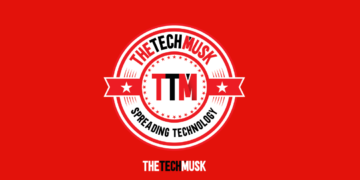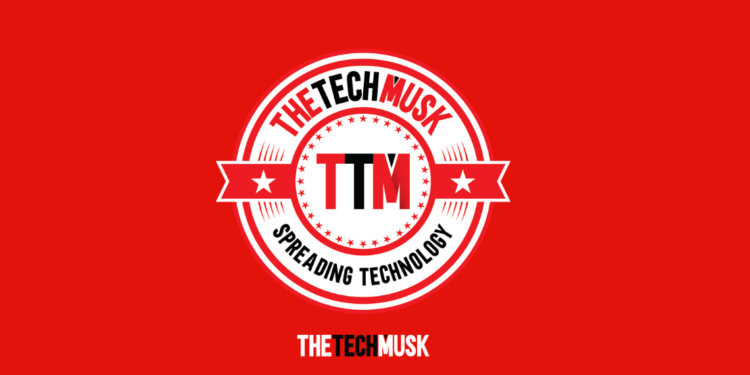The Internet of Things (IoT) used to be all about connection. Devices gathered data, transmitted it to centralized servers, and waited for instructions to come back. That loop worked—until it didn’t. Today, with billions of devices in the field and zero tolerance for lag, a different pattern is taking over. Edge computing. It’s not a buzzword. It’s a tectonic shift. By shifting computation and analysis closer to the devices themselves, edge computing is quietly rewriting the rules of smart systems, one split-second decision at a time.
Processing Power Moves Closer to the Source
Picture this: a smart factory floor where robots detect heat fluctuations, adapt their motion paths, and trigger cooling systems before anyone notices a spike. That’s edge computing at work. These machines don’t have time to ping the cloud and wait. They need to process commands without delay. By analyzing data where it’s generated—right at the edge—IoT systems respond instantly to changes in the environment without leaning on remote servers to catch up. The result? A dramatic reduction in lag and the kind of real-time reactivity that centralized systems just can’t guarantee. It’s not about raw speed—it’s about smart, local reflex.
Smarter Traffic Means Leaner Pipes
Let’s talk bandwidth. Not the sexy part of tech, maybe, but vital. The more devices we connect, the more data we pump through our networks. And not all of it is useful. Here’s where edge computing changes the game: instead of flooding servers with raw information, edge systems are sending filtered insights to cloud. That subtle change unclogs data highways and frees up valuable bandwidth for the signals that matter. It’s not just about saving money—it’s about building systems that scale without suffocating themselves in noise. IoT gets leaner. The cloud gets cleaner. Everyone wins.
Cybersecurity Isn’t Optional
The rise of edge computing brings freedom, but it also shifts the perimeter. With more devices making decisions locally, there’s more surface to defend—especially when firmware, user behavior, and remote access all play a role. That’s why the demand for professionals who can secure decentralized systems is soaring. If you’re looking to build in-demand skills with a cybersecurity degree, now is the time. Protecting edge nodes isn’t just about firewalls—it’s about understanding how local data behaves, how devices interact, and how systems recover when things break. The threat is distributed. So are the careers.
Tiny Devices, Big Energy Wins
Not every device has the luxury of a fat power supply or a permanent connection. IoT stretches into dusty basements, remote fields, rural roads, and factory walls. That’s where edge computing flexes a second muscle: energy efficiency. By filtering and processing locally, devices can skip long-distance data transmission and operate longer on tiny power budgets. Industrial engineers and embedded designers are already slashing power use in tiny edge systems, often by orders of magnitude. It’s not a niche feature—it’s the only way these deployments survive. Fewer transmissions. Smarter runtimes. Longer life in the field.
Machine Learning Finds Its Edge
You can’t talk about modern IoT without talking about machine learning. But sending raw sensor data to a remote model and waiting for inference? That’s a bottleneck. Edge ML frameworks are changing the tempo—now, inference happens right on the device. Systems like ONNX, TensorFlow Lite, and custom SDKs are helping developers segmented ML layers reduce data lag dramatically, keeping latency low and decision loops tight. Instead of dumb sensors feeding the cloud, we’re building smart devices that decide on the spot. That’s not just a performance win—it’s a new mental model for distributed intelligence.
Brain-Inspired Hardware Closes the Loop
Want to see the future? Look at neuromorphic chips—hardware that mimics how human brains process information. These chips don’t run continuously; they activate in spikes, saving power and responding instantly to stimuli. This architecture is a perfect fit for edge applications like environmental monitoring or gesture detection. By emulating organic computation, engineers are now delivering brainlike chips to optimize responsiveness and efficiency. They’re not just low-latency—they’re always-ready without draining power. The potential here is massive: real-time sensing, ultra-low battery draw, and fast feedback in places where traditional chips simply can’t compete.
Cloud isn’t going anywhere—but it’s not the main character anymore. The edge is where decisions are made, where data is born, and where reactions need to happen first. It’s not a niche. It’s the new default. Whether it’s smarter cities, faster factories, more responsive health tech, or home devices that just feel smoother—edge computing is behind the shift. The hardware’s catching up. The software’s being reimagined. And the teams building this next layer of IoT are thinking in milliseconds, not minutes. That’s not evolution. That’s a leap. And you’re either building for the edge—or already falling behind.
Dive into the future of technology with THETECHMUSK, your go-to source for the latest insights on AI, cybersecurity, and more!























